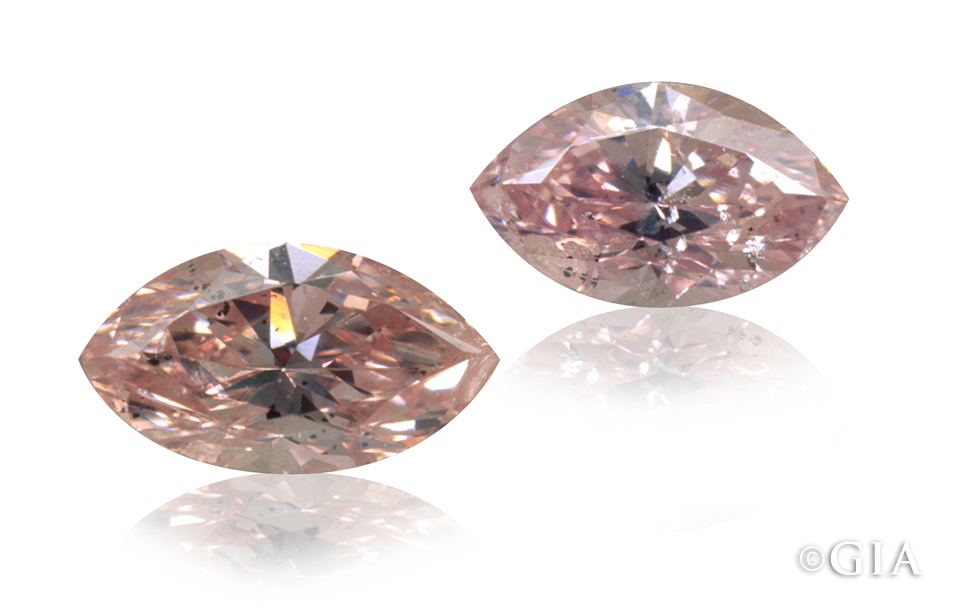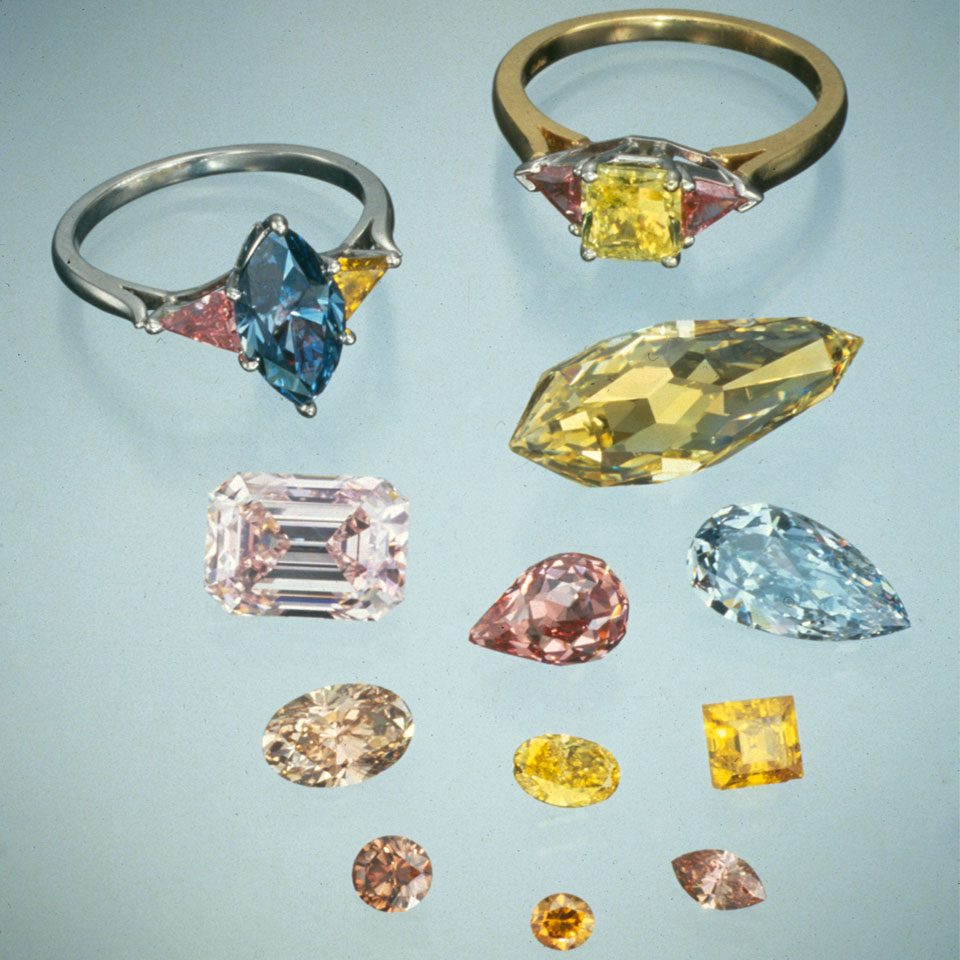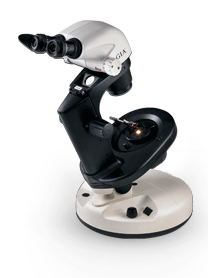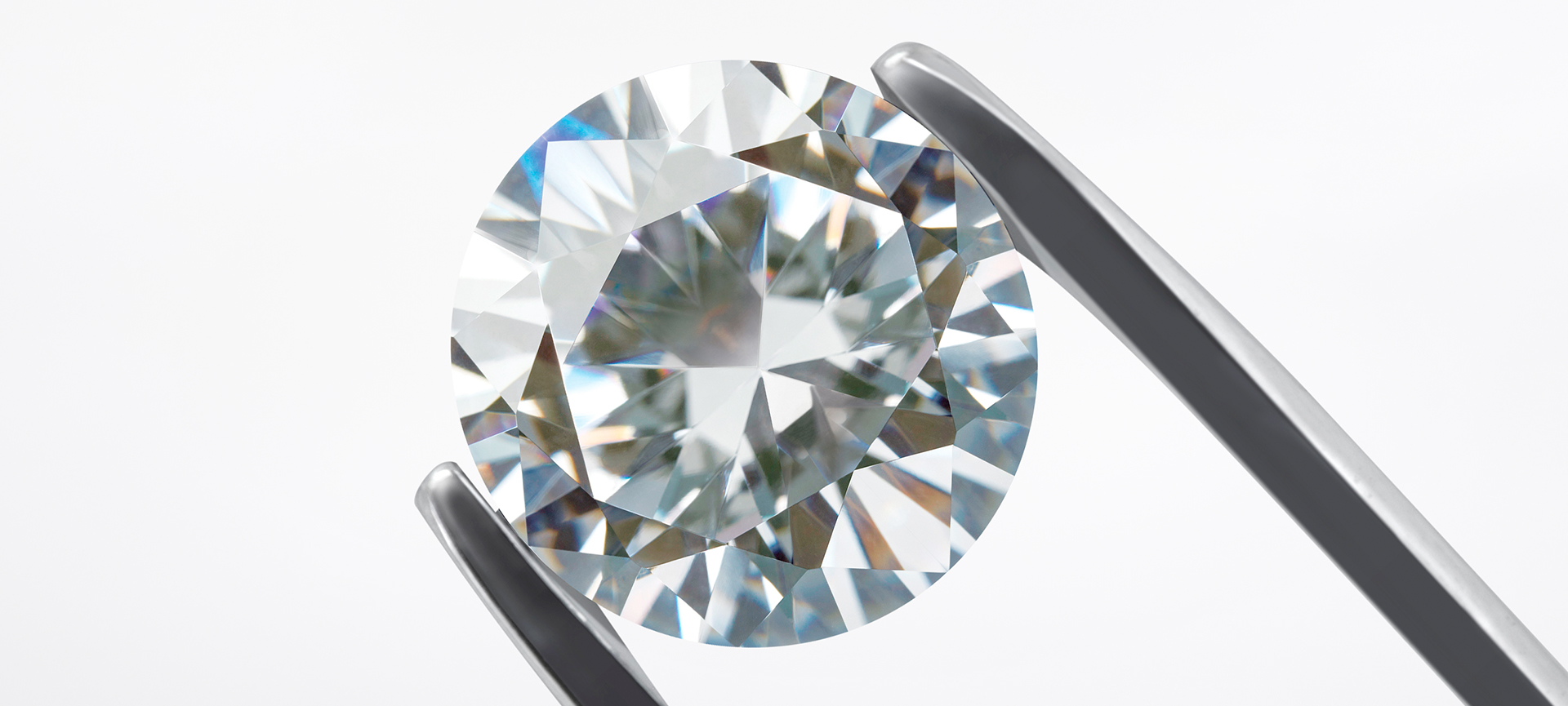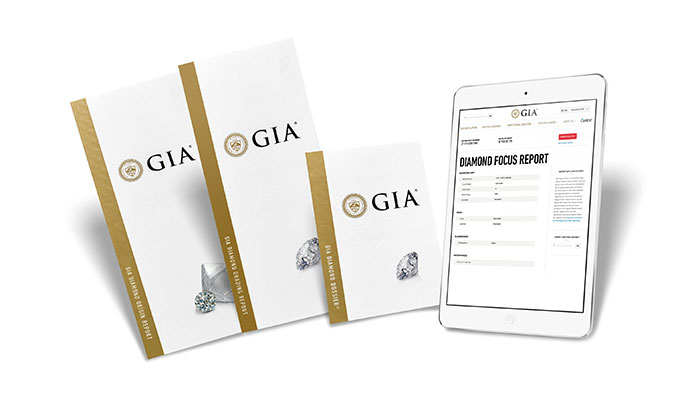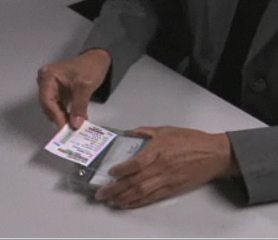What could impressionist painter Claude Monet and GIA colored diamond graders possibly have in common? For both the artist and the gemologist, the study of how light alters the appearance of an object was, and remains, an important part of their process. (more…)
